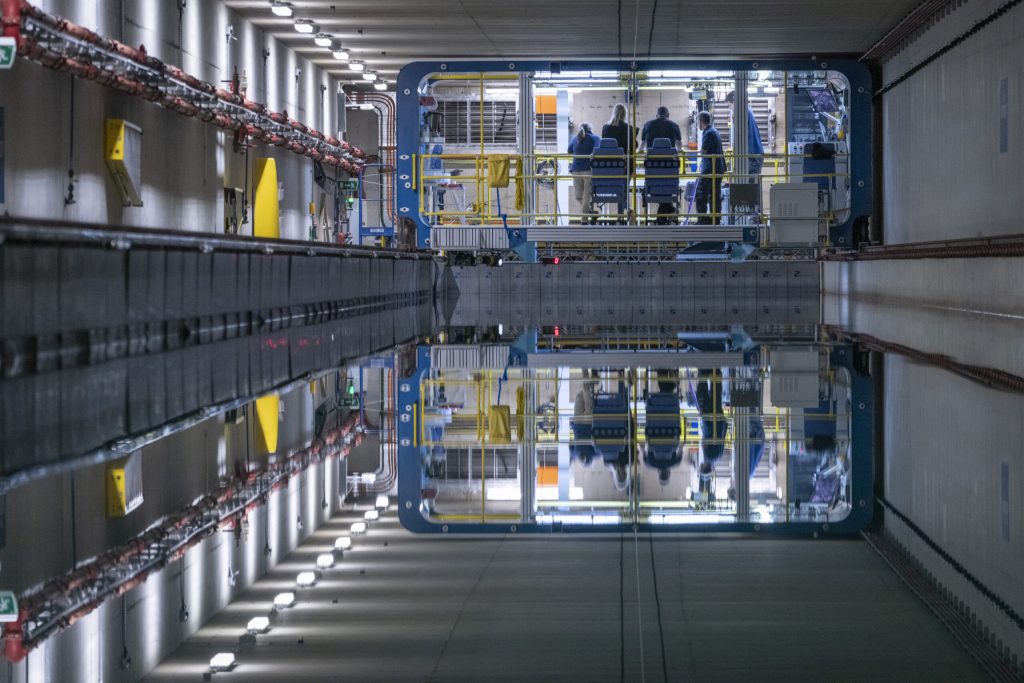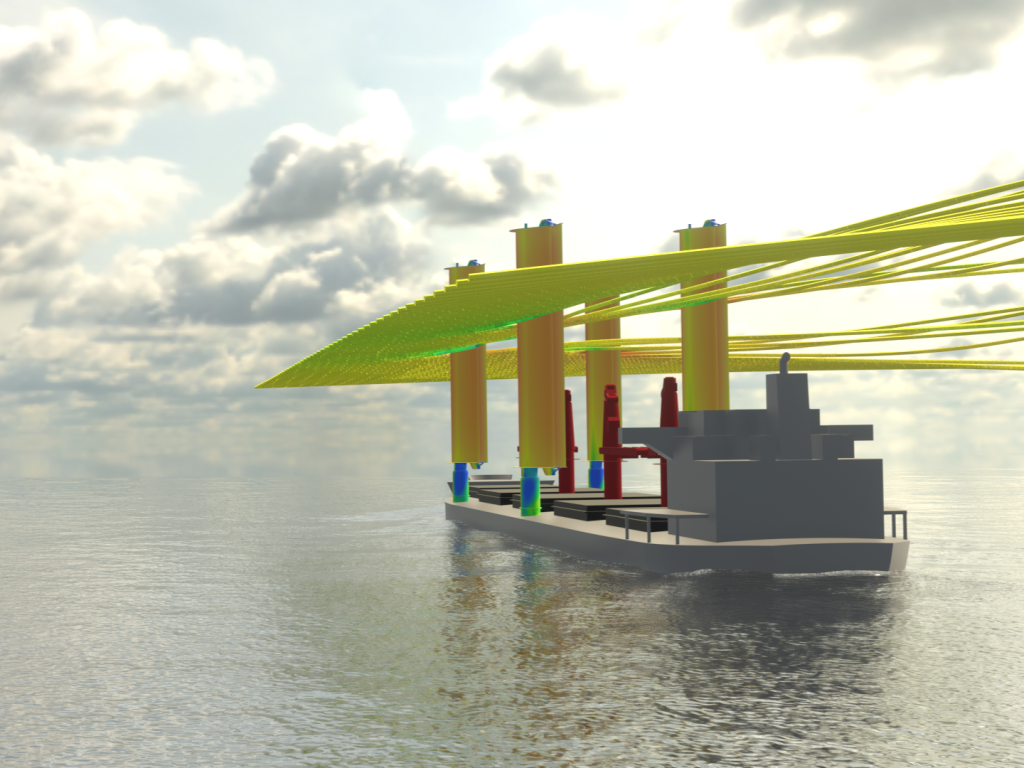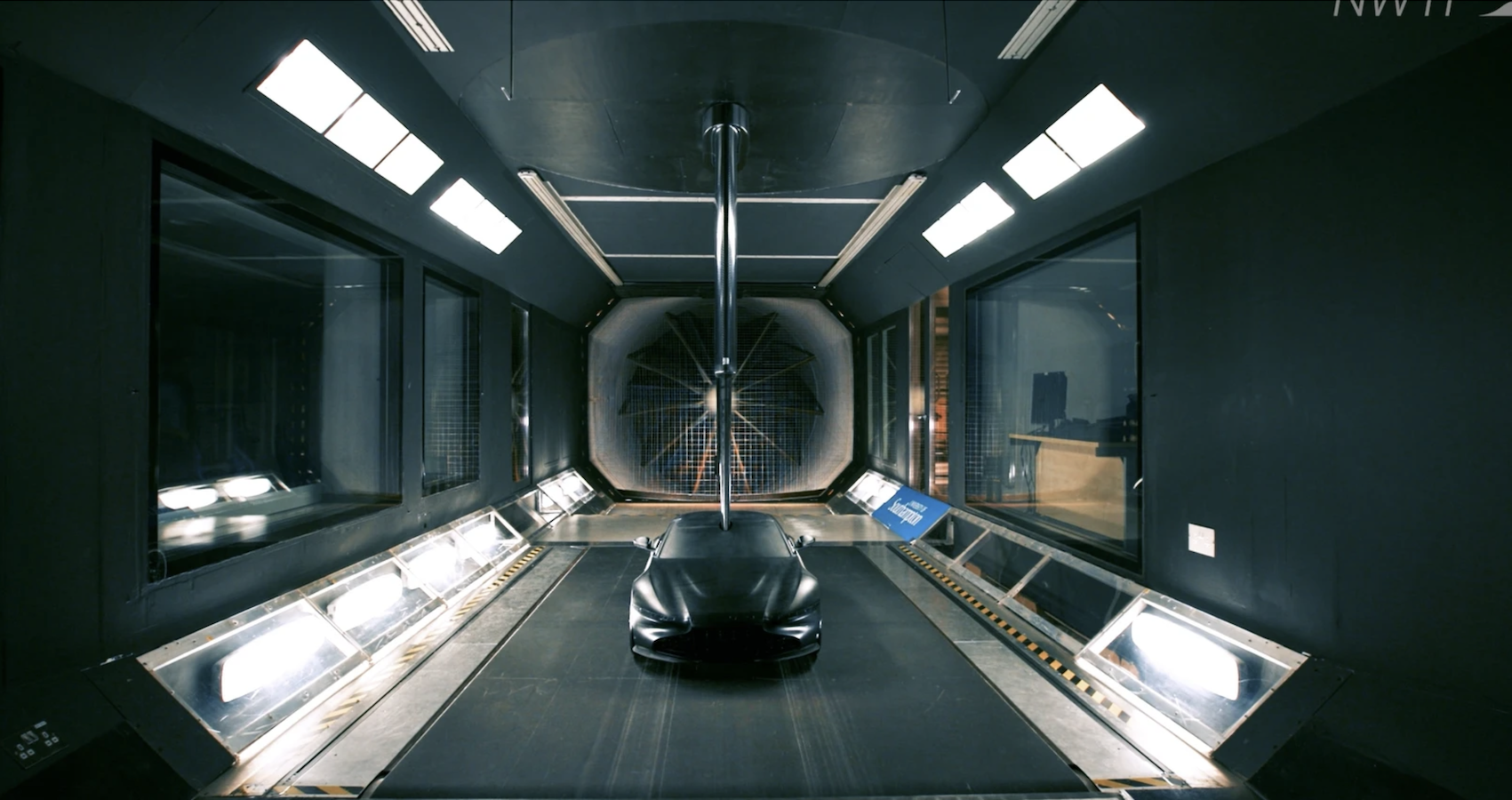Our Services
The Wolfson Unit offers services to a range of sectors. This is perhaps most evident in our wind tunnel testing which ranges from sports performance equipment optimisation, sailing rig analysis, analysis for civil engineering projects and more! We can apply our skill set to almost any aerodynamic problem.
Often a combination of Wolfson services can give the best solution to a problem, possibly combining use of our commercial software with testing, providing computational fluid dynamics (CFD) simulations, or accessing other specialised services within the University. A sample of the kind of wind tunnel testing we completed is listed below.

Access to Experts
Expect direct access to your assigned engineer who offer consistent service and continuity at a level your business, and project, demands.
Independent
As a trusted organisation, attached to the University of Southampton, the Wolfson Unit is able to offer truly independent studies to industry, without any commercial conflicts.
Sailing Yacht Aerodynamics
Sailing Yacht Aerodynamics
The Wolfson Unit uses wind tunnels to predict and refine the performance of sailing yacht and wind assisted vessel sail plans.
Since the turn of the century the size and complexity of superyachts has increased to the extent that testing of these yachts has become almost routine, and indeed the challenges in designing a successful 100m sailing yacht match those of designing a racing yacht.
Gathering experimental data is only the start of the process, to impact meaningfully on the design, specific effects must be teased out of the data, and these are then used for performance prediction studies.
Also, assembling the drawings and attending the model tests offers a great opportunity to create meaningful interactions within the project team at an early stage.

Test programmes include:
- Fully rigged vessels tested to establish the performance of the rig.
- Tests on complete models of hull and rig using purpose built dynamometry and remote control sheeting system.
- Derivation of basic sail force coefficients for performance studies.
- Establish the rig centre of effort for helm balance calculations.
- Development of multi-masted rigs with practical yet efficient sail plans.
- Study of the effect of sail shape on performance of offwind sails and optimisation of sheet leads.
- Evaluation of effect of rig proportions on rating and performance.
- Establish knockdown wind loads for rig strength calculations and stability.
- Flow visualisation experiments to map streamlines and check flow characteristics.
- Pollution of ventilation intakes by exhaust emissions.
- Passenger comfort due to exhaust gasses.
- Validation of computational fluid dynamics tools.
- Measurement of performance of hull and appendages (keels and rudders).
Ship, Power and Work Boat Aerodynamics
Ship, Power and Work Boat Aerodynamics
The wind tunnels are used for a wide range of tests on ship superstructures and fast craft. They may be used for flow visualisation on towing tank hull models, as the dry environment facilitates visualisation and modifications. The moving ground belts ensure accurate representation of the flow beneath planing hulls and hovercraft. Traditional qualitative methods of flow visualisation are now supplemented by techniques such as Particle Image Velocimetry (PIV).

Test programmes include:
- Funnel design and determination of smoke plume trajectory.
- Pollution of ventilation intakes by exhaust emissions.
- Passenger comfort due to exhaust gasses.
- Air flow across passenger and flight decks.
- Wind heeling tests and roll forces in beam winds.
- Wind resistance of superstructures.
- Forces and passenger comfort on very high speed craft.
- Hovercraft development.
Industrial, Civil and Transport Aerodynamics
Industrial, Civil and Transport Aerodynamics
The Wolfson Unit uses the wind tunnels to carry out testing for a wide variety of organisations operating in many different engineering disciplines, to help overcome aerodynamic problems. The testing has not been limited to the wind tunnels, as on many occasions special rigs have been built to model a complete internal flow system or Unit engineers have travelled to a client’s site to take measurements on an existing installation.
Marine
- Measurement of moments and forces on an underwater towed instrument pod.
- Measurement of moments and forces on high speed craft, including wave piercing catamarans and hovercraft.
- Performance testing of renewable energy devices.
- Helideck environment – Flow measurements to show local airflow across flight and passenger decks and to improve the design of funnels and superstructures.

Aeronautical
- Measurement of lift and drag forces and moments on aircraft external aerials.
- Studies on the external air flows around an airfield fog sensor to prevent internal condensation.
- Drone development.

Vehicles
- Racing car development using the moving ground.
- Measurement and reduction of drag on lorries and trailers.
- Development and manufacture of laser equipment to measure spray generated by lorries on wet roads.

Sport
The Wolfson Unit specialises in sports areas where there is a significant influence from aerodynamic and/or hydrodynamic forces. This necessitates the use of experimental facilities such as wind tunnels and towing tanks.
We have worked with a number of National Governing Bodies and professional sports teams to aid the performance of their athletes and development and selection of equipment.

Help and Support
If you need any support with your project, please get in touch.
Related Services
-

Computational Fluid Dynamics (CFD)
We have extensive CFD capabilities which complement the experimental testing and other services we provide, offering a cost and time effective solution to hydrodynamic design studies.
-

Model Basin and Towing Tank Testing
Traditional towing tank experiments, flow visualisation and analysis, wake surveys as well as bespoke tests for the offshore and renewables sector.
-

Wind Assisted Shipping
Tailored packages to test and evaluate wind assisted technologies.

